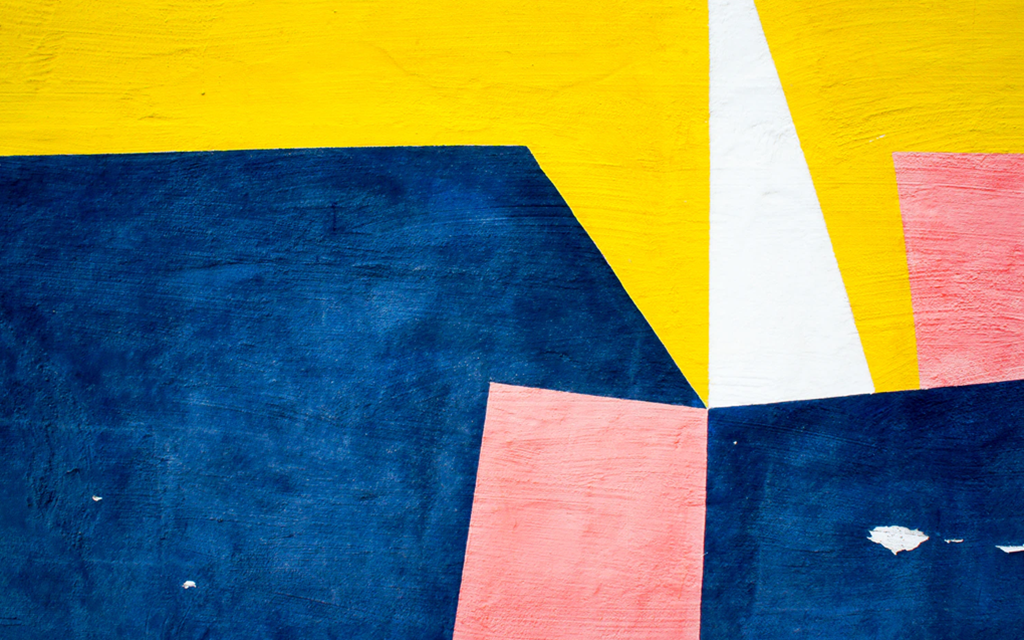 7-minute read
7-minute read
A couple of decades ago, the internet was filled with thousands of barren websites that boasted no more than one or two grainy images. Times have changed. Now when searching the web, it’s not uncommon to come across pages where images take up well over 90 percent of the entire screen space.
What most people don't understand is that when it comes to images, more doesn’t always mean better.
This is because including more images in a website drastically increases the amount of data that needs to load on each page. This results in slower loading speeds, which can be devastating to a business in a world where 53 percent of visitors will leave a website if it takes more than three seconds to load.
Therefore, instead of taking the approach of simply adding more images to a website, a business should instead focus on improving the ones that they already have or swapping out their existing ones with better ones.
But… maybe that’s easier said than done. Not everyone knows how to make/choose images and graphics that improve the quality of their web design or SEO.
We’re here to tell you that no longer has to be the case! These five tips can help you instantly improve your web design and SEO performance with the right graphics.
Convert Graphics to PNGs or SVGs
A lot of people don't give any thought to what selection they make when their image program asks them what type of file format in which they want to save the graphic. They will simply select the first thing they see, which is often as a JPG. Unfortunately, while JPGs are great for actual photographs, they are not the best choice for graphics.
PNGs are a lossless compression file format, which means that the graphics retain their quality, no matter what size you make them. The same can't be said for JPGs, which are notorious for worsening in quality if images contain text or strong lines.
There is also the benefit that PNGs have a transparent background, which is extremely helpful when the graphic is a logo. Therefore, the first thing that you should be doing to your website is converting all of your graphics over to PNGs.
Add Captions and Alt Tags
Another bad habit that many business owners have is that they simply upload a graphic to their websites without filling in any of the optional details like the caption or alt tags, otherwise labeled as alternative text. However, there is a reason why this stuff is there in the first place. It is because it helps the SEO performance of your website.
When a graphic has alternative text, it allows internet browsers to understand what the image is and display it to relevant audiences. Therefore, you should make sure that you are always adding alt tags to all of your graphics (as well as including a couple keywords to help them rank higher).
That being said, also remember to write captions. However, captions are more for the benefit of your audience. In fact, captions are read more frequently than most of the other text on a web page. So, your captions should be detailed and explain valuable information about what is represented in the graphic.
Make Sure All the Graphics Are the Same Style
When someone visits a website and the style is consistent on every web page, it is much more pleasing to the eye than a design scheme that is all over the place. The images and graphics used on the website are a big part of this and also need to fit into the same style. Having a bunch of images in a wide variety of sizes, layouts, and colors, comes off as disorganized and haphazard.
Therefore, if you have one web page with a portrait-style graphic that is placed on the left side of the text, then all of the graphics on the website should be the same way. At the very least, every image and graphic on a single web page should all match each other. This consistency will make the website much more appealing to your audience.
Manually Name Every Graphic on the Site
As previously mentioned, you make some important choices when you upload a graphic to your website. Besides asking you to add some alternative text or a caption, the site will also ask you to name the image or have a standard name already filled in. It is a very bad idea to simply skip this step and use the chaotic name that is automatically applied.
This is because it makes keeping track of images and graphics on the website a nightmare. Not only will it make it harder to remember what each graphic is called and where you can find it, but it will also lower your SEO performance. That is why it is best to give it a simple but accurate name that avoids the use of spaces or other punctuation besides a simple hyphen. This will help to give your graphic the best SEO performance possible.
Use Graphics to Enhance Nearby Text
Where you decide to put your graphics is as important as the graphics themselves. This is because placing a graphic in a section that is irrelevant is only going to make it less likely that the proper audience sees it in the first place. By making sure to include graphics right beside text that is filled with relevant keywords and topics, it helps to increase the ranking of the graphic and makes it much easier for your visitors to find.
By using these five techniques, you will instantly be able to improve both the design of your website as well as its SEO performance. When you are ready to improve your website design and SEO in other ways, make sure to contact our team of experts at Truu Digital.


